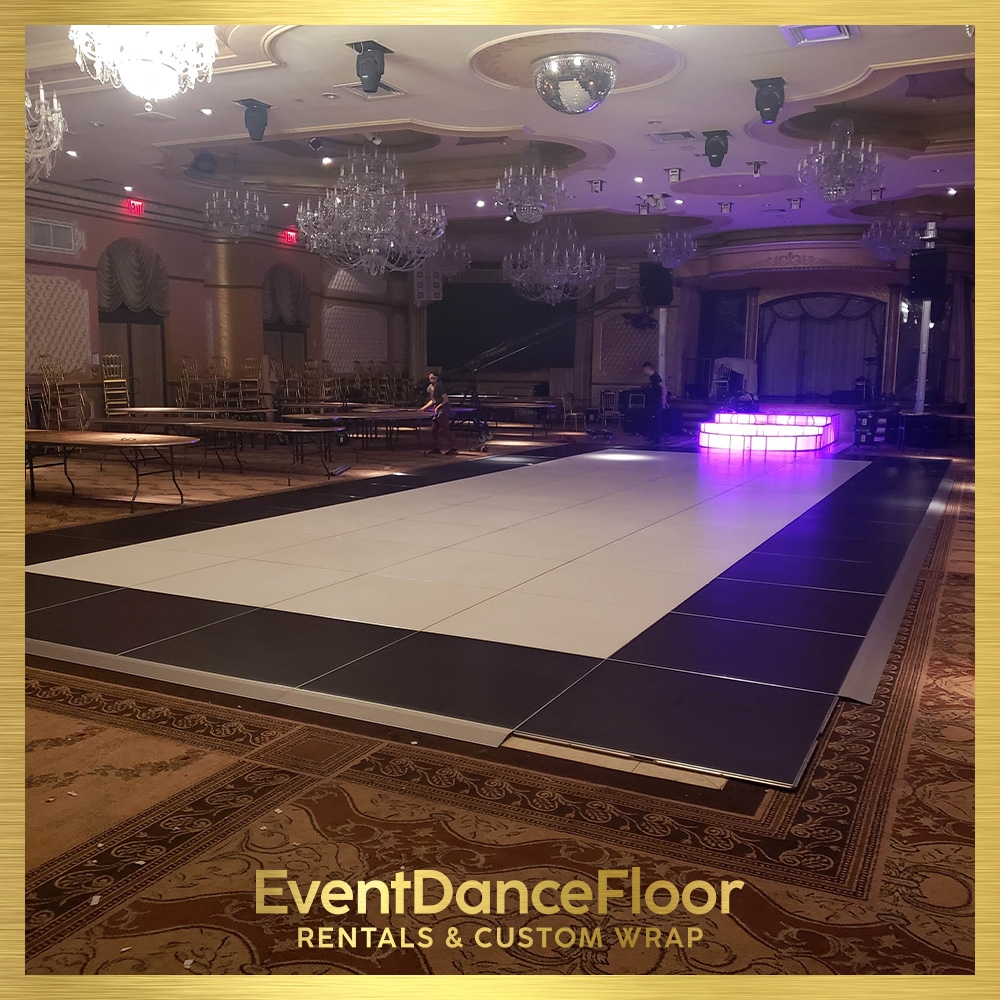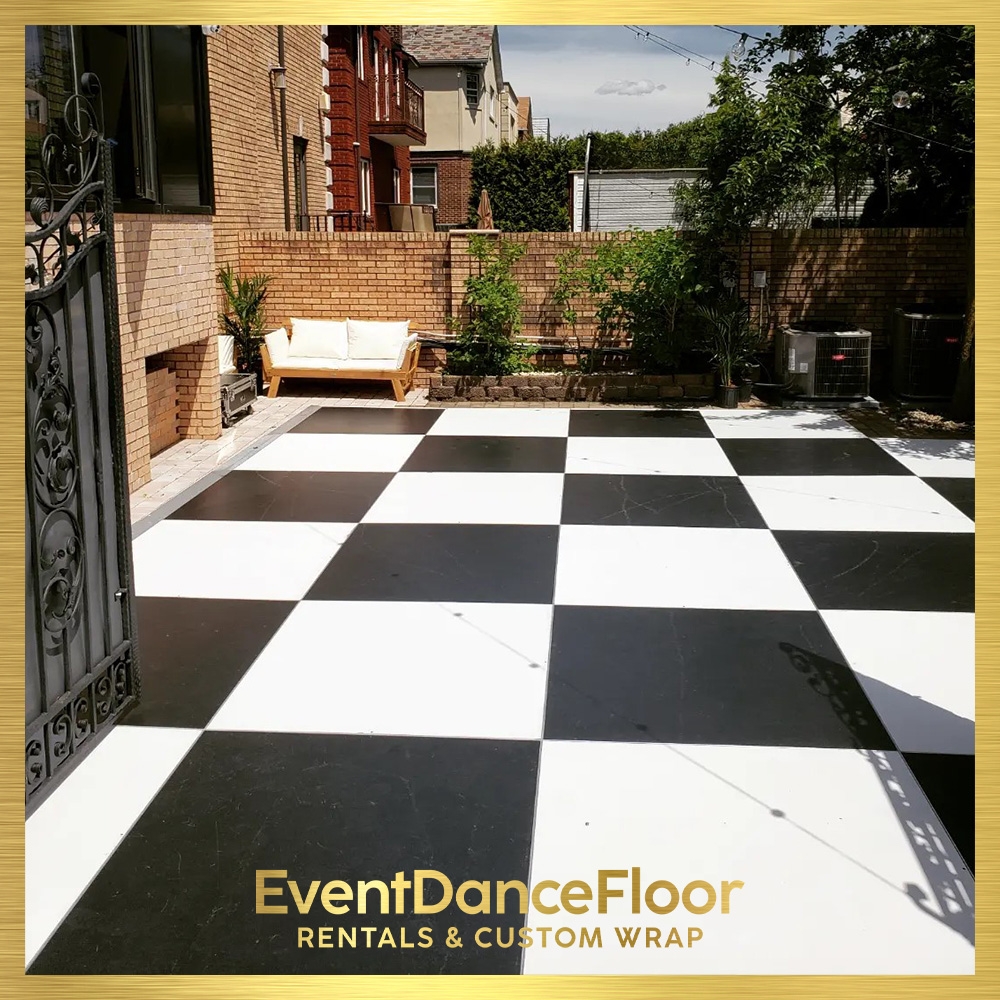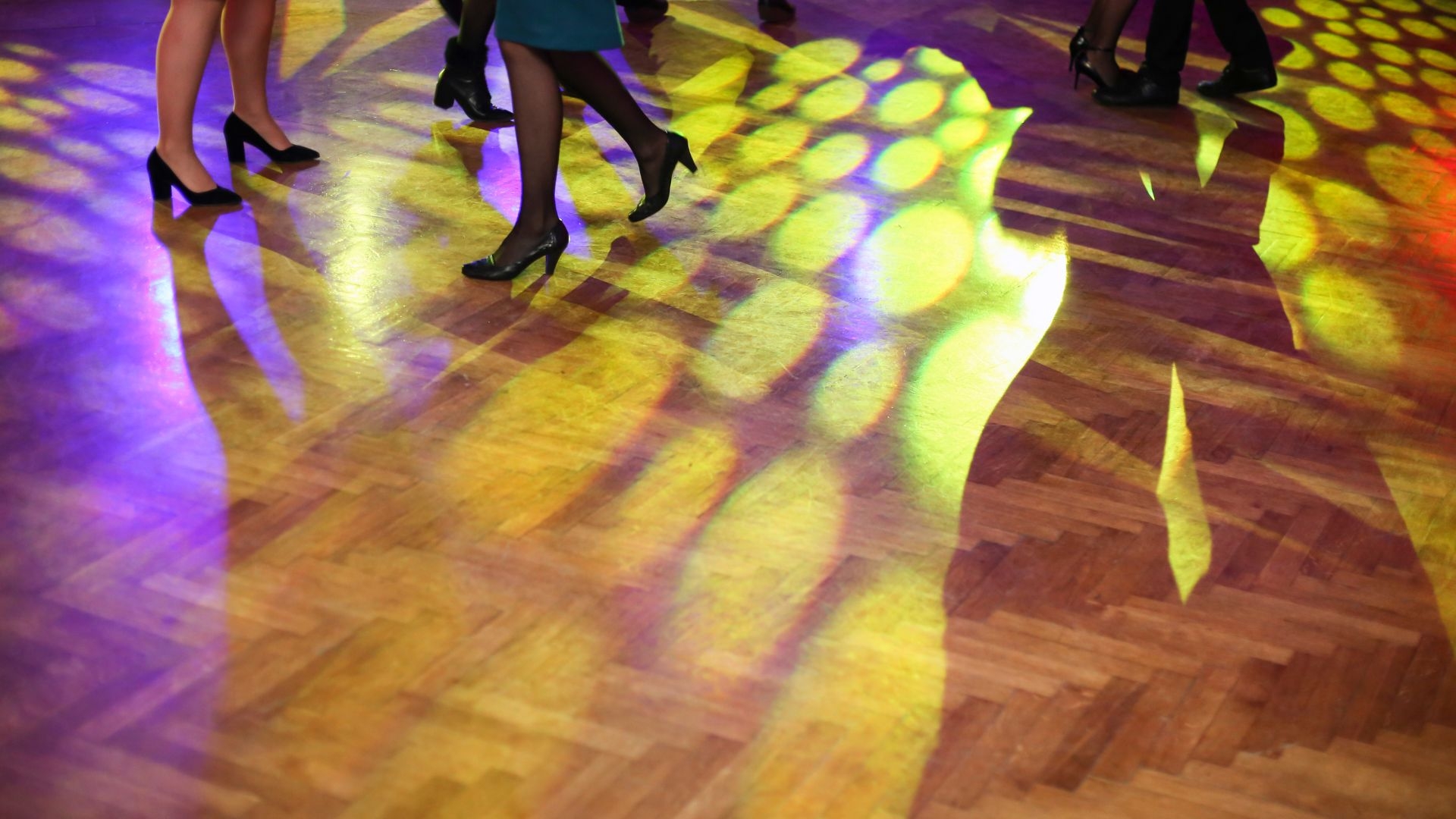Anti-Slip Coatings for Dance Floors
How do anti-slip coatings improve traction on dance floors?
Anti-slip coatings improve traction on dance floors by creating a textured surface that increases friction between the dancers' shoes and the floor. This helps prevent slips and falls, especially in high-traffic areas where moisture or spills may be present. The coatings are designed to provide a secure footing without compromising the smoothness required for dance movements.







